With their bright red color, lobster mushrooms are one of the most striking fungi in the woods. Theyre an edible wild mushroom with a subtle shellfish flavor thats easy to identify with no look alikes. Ive been hunting and cooking them for over a decade. I’ll tell you everything you need to know about them in the kitchen and the woods in this post.
As a passionate amateur forager and mushroom hunter, I always get excited when I stumble upon the brilliant orange-red caps of lobster mushrooms poking up from the forest floor. Their unique color, texture, and subtle seafood-like flavor make them one of the most prized wild edible mushrooms. However, proper storage is crucial to preserve lobster mushrooms’ freshness and fantastic taste. In this article, I’ll share the best practices I’ve learned for storing lobster mushrooms after a successful harvest.
For those unfamiliar, lobster mushrooms are not a distinct species. They form when a parasitic fungus called Hypomyces lactifluorum infects certain Russula and Lactarius mushroom species, causing a metabolic reaction that transforms the host mushroom’s appearance and flavor profile. The end result is the unmistakable bright reddish-orange lobster mushroom with its firm, dense texture and mild shellfish essence.
Lobster mushrooms grow predominantly in the late summer and fall across North America in forested areas with their host species, especially out West. They have risen in popularity over recent years and can sell for $10-$25 per pound fresh or up to $50 per pound dried.
Why Proper Lobster Mushroom Storage Matters
Like all wild mushrooms lobster mushrooms are highly perishable. Without proper storage, they can quickly spoil grow mold, or enable harmful bacterial growth. Eating lobster mushrooms past their prime runs the risk of severe food poisoning.
Lobster mushrooms prefer cool, dry environments between 32-40°F. Storing them at room temperature accelerates decay. Excess moisture also causes rapid deterioration. The good news is that stored correctly, lobster mushrooms can retain optimum flavor and texture for 7-14 days refrigerated.
Storing Fresh Lobster Mushrooms Short-Term
For keeping freshly foraged lobster mushrooms in the short-term, follow these guidelines:
-
Clean mushrooms gently: Use a soft brush or towel to lightly clean dirt and debris. Avoid washing in water.
-
Use paper towels: Line a container with dry paper towels then place mushrooms in a single layer. Replace towels as needed.
-
Refrigerate: Keep mushrooms in the refrigerator’s crisper drawer, ideally between 32-40°F.
-
Use quickly: Eat refrigerated lobster mushrooms within 7-14 days before noticeable decline in texture/flavor.
Long-Term Lobster Mushroom Storage and Preservation
When storing a large lobster mushroom haul or preserving them for long-term use, consider these advanced storage tactics:
-
Dry thoroughly: Pat lobster mushrooms completely dry after cleaning using paper towels or cloths. Any excess moisture aids spoilage.
-
Use glass jars: Store dried lobster mushrooms in sterilized glass jars sealed tightly. Add desiccant packs to absorb remaining moisture.
-
Freeze for later: Blanch lobster mushrooms briefly then freeze on baking sheets before transferring to air-tight containers.
-
Dry out slices: Arrange lobster mushroom slices on parchment paper trays and dehydrate 4-12 hours until crispy.
-
Powder for seasoning: Grind dried lobster mushrooms into powder using a blender or spice grinder for seasoning.
-
Freeze butter infusions: Sauté lobster mushrooms in butter then freeze butter in ice cube trays for later use.
Ideal Conditions for Maximizing Shelf Life
To get the most longevity out of stored lobster mushrooms:
-
Storage temperature should optimally be 32-40°F. Refrigeration is highly recommended.
-
All excess moisture should be removed prior to storage through gentle drying and paper towels.
-
Sealing containers air-tight prevents moisture intrusion and rapid mold growth.
-
Glass jars, freezer bags, and rigid plastic containers make the best vessels for storage.
-
Regularly replenishing desiccation packets helps maintain an ultra-dry environment.
-
Blanching before freezing helps maintain texture. Frozen mushrooms should keep 6-12 months.
What To Avoid When Storing Lobster Mushrooms
Just as important as the do’s, here are some don’ts to avoid when storing your lobster mushroom stash:
-
Don’t store lobster mushrooms long-term at room temperature. Cool is crucial.
-
Avoid over-washing mushrooms prior to storage, creating excess moisture.
-
Don’t use plastic bags long-term, which can trap condensation. Use breathable containers.
-
Prevent cross-contamination by designating lobster mushroom containers solely for that purpose.
-
Don’t freeze unblanched mushrooms, which can lead to loss of texture.
-
Never eat lobster mushrooms that smell fishy or appear dark purple/black in color. Discard.
Signs Your Stored Lobster Mushrooms Have Spoiled
Be on the lookout for the following signs that your stored lobster mushrooms have gone bad:
-
Strong fishy, ammonia-like odor
-
Soft, slimy texture
-
Dark purple/black discoloration
-
Visible mold growth
-
Sour flavor when cooked
-
Drying out into light, hollow shells
When in doubt, remember the old adage – “When in the wilds, if you’re not 100% sure, chuck it out!”
Enjoy Your Bountiful Harvest
One of the most rewarding parts of mushroom foraging is preserving your finds to enjoy for months on end. With the proper storage techniques, you can make lobster mushrooms a staple ingredient in your cooking rather than just a rare seasonal delight. Now that you know how to store these beauties, get out and fill up your bags! Just remember to save some for me.

Are Lobster Mushrooms Poisonous?
No, but like other mushrooms, they can make some people very sick and make them throw up or have diarrhea a few hours after eating them. Lobsters are also said to contain some iodine, which could account for some of the fishy aroma. Reactions from people with shellfish allergies have also been reported.
A perfect mushroom should be heavy like a paperweight. If the mushroom feels light like Styrofoam, has a strong fishy odor or dark purple color, theyre too old to eat. Old lobsters also have a reputation for making people sick. On a side note, old purple mushrooms are the best for making lobster mushroom dye.
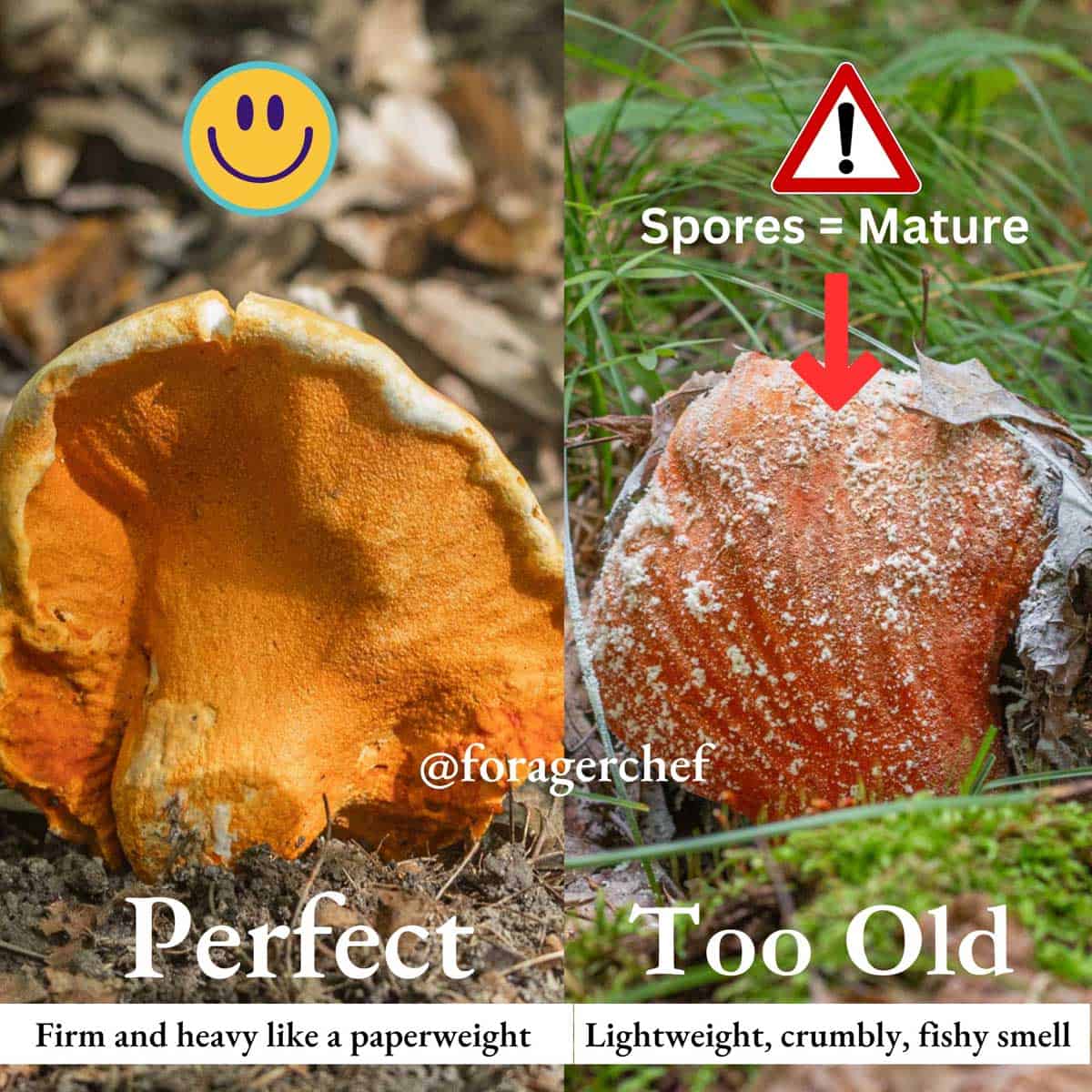
Older mushrooms are good for dehydrating. These are one of the best mushrooms to make into powder.
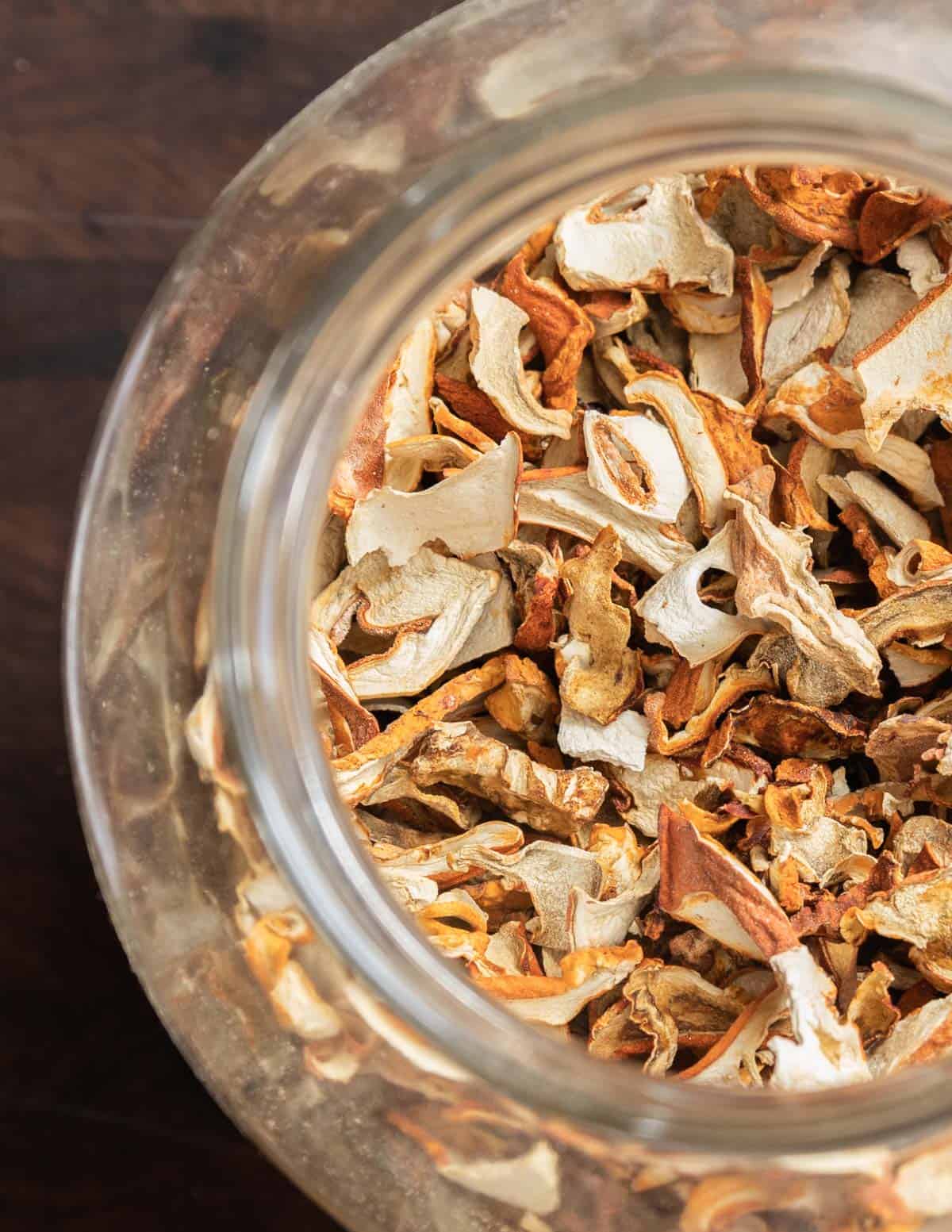
Lobsters can be vase shaped, filled with small creatures, dirt and rainwater. When you pick lobsters, cut off the dirty ends and clean them with a dry brush. Then, use a knife to cut out the middle and any soft tissue.
At home, wash the mushrooms with cold water, then dry on towels. After cleaning, store the mushrooms in a Zip Loc bag with a dry paper towel.
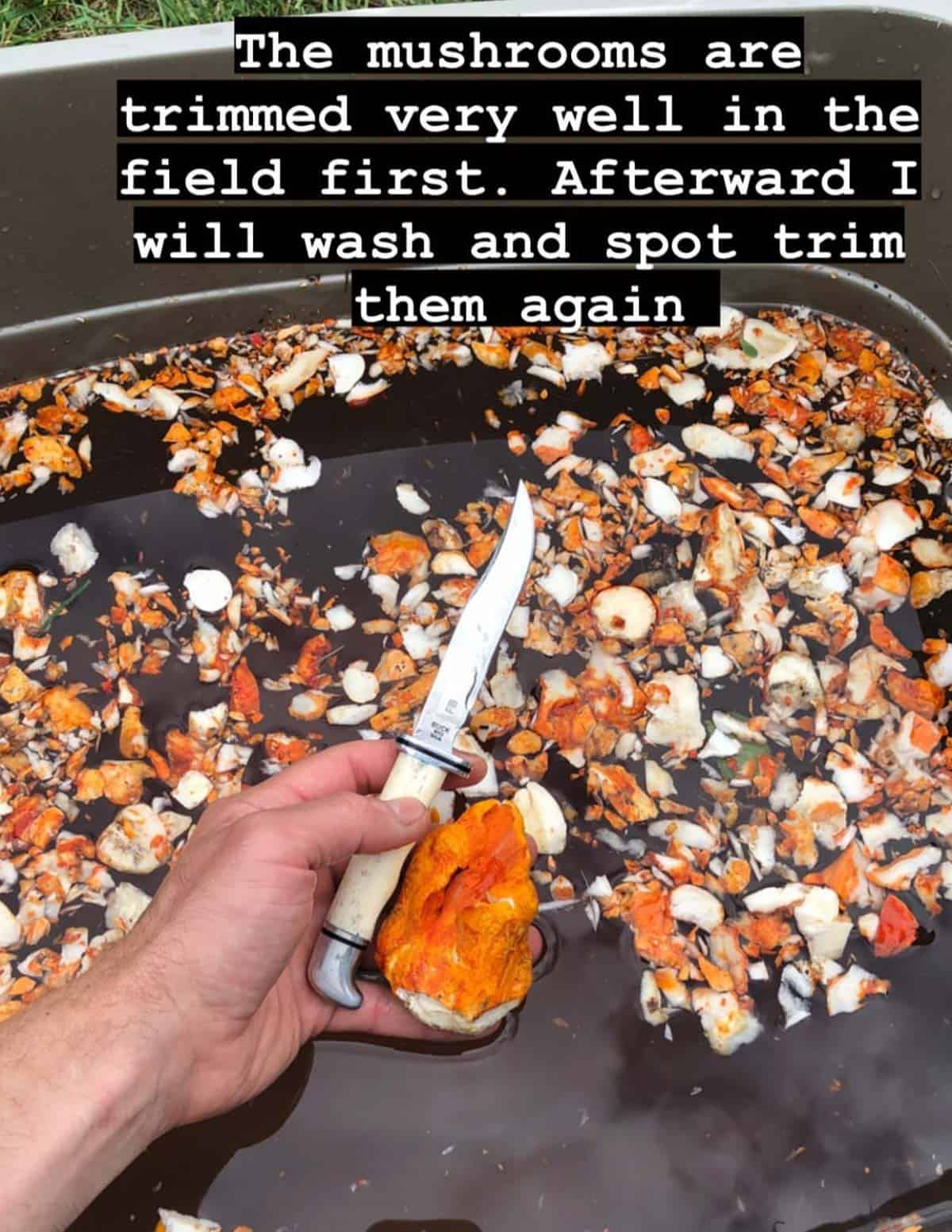
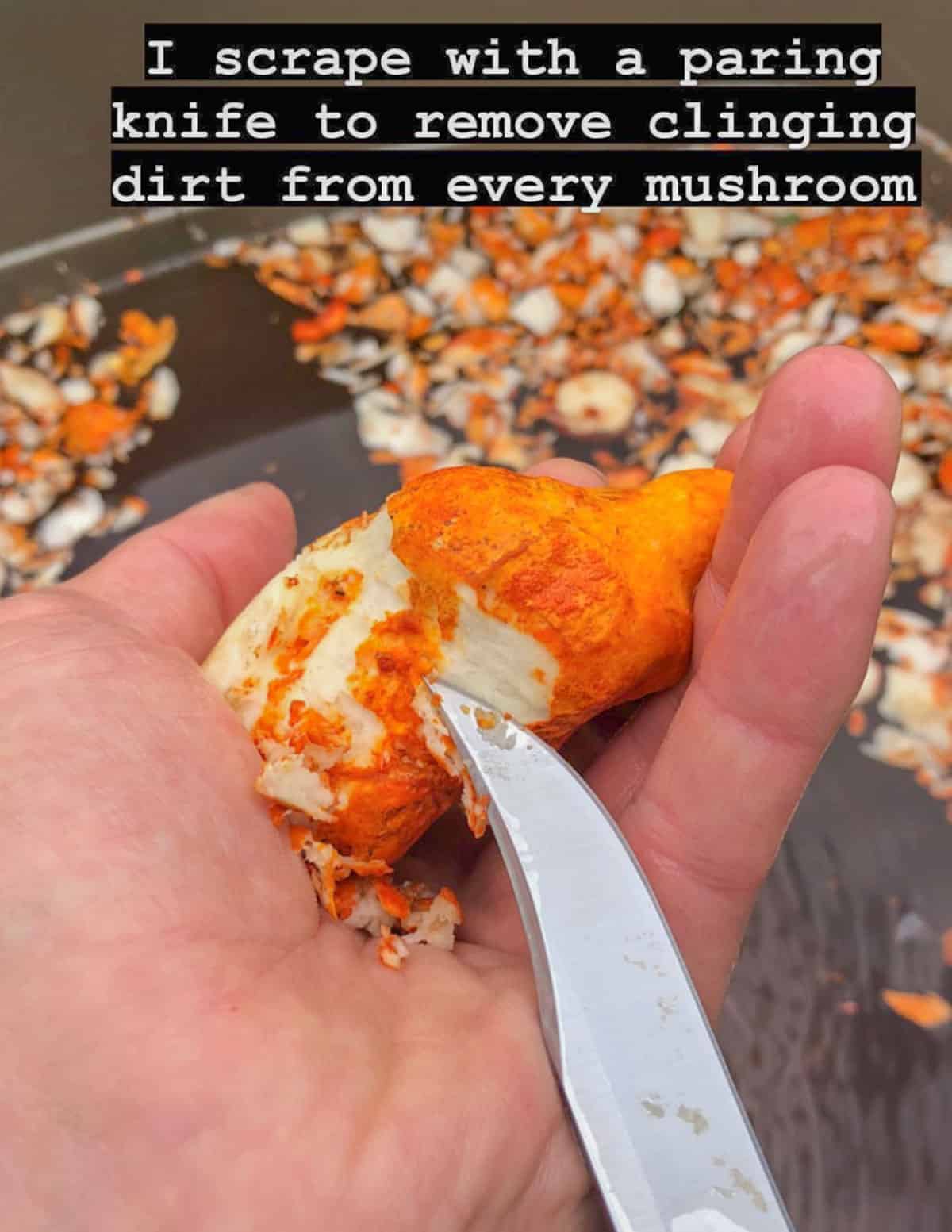
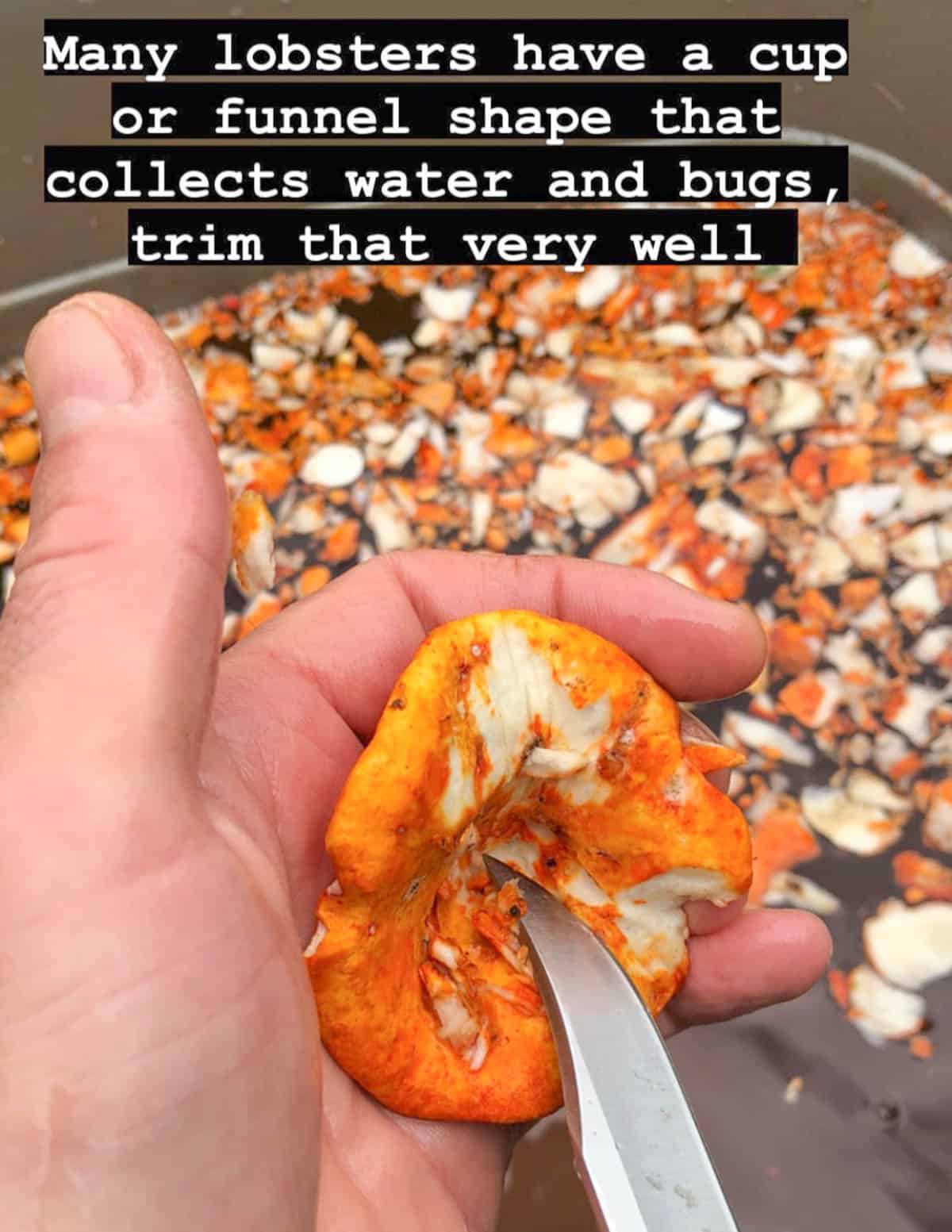

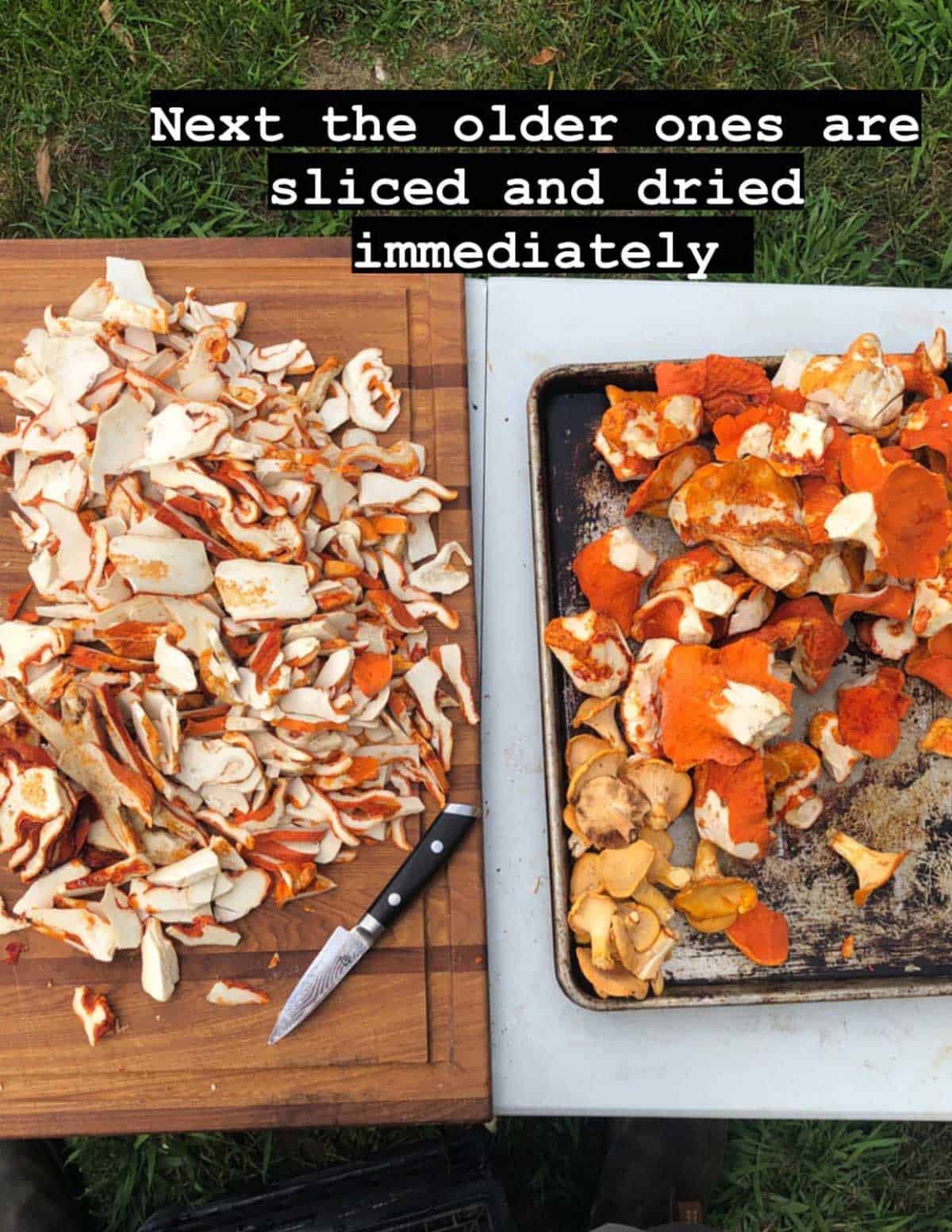

You may run into mushrooms that havent been fully parisitized. As someone who has eaten hundreds of pounds of food and talked to foragers, chefs, and mycologists, I can say for sure that if it looks like a lobster and has Hypomyces on it, it’s edible.
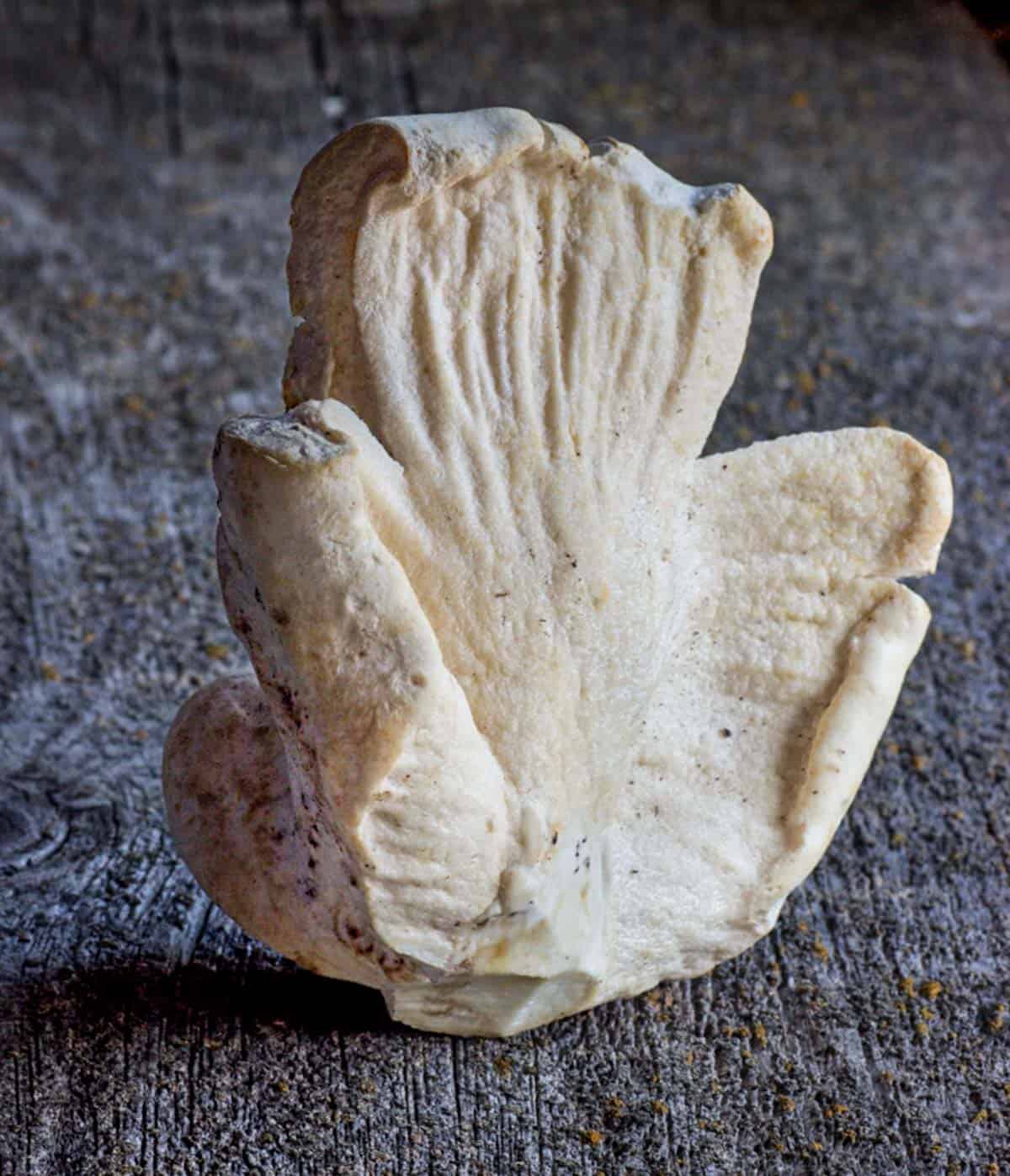
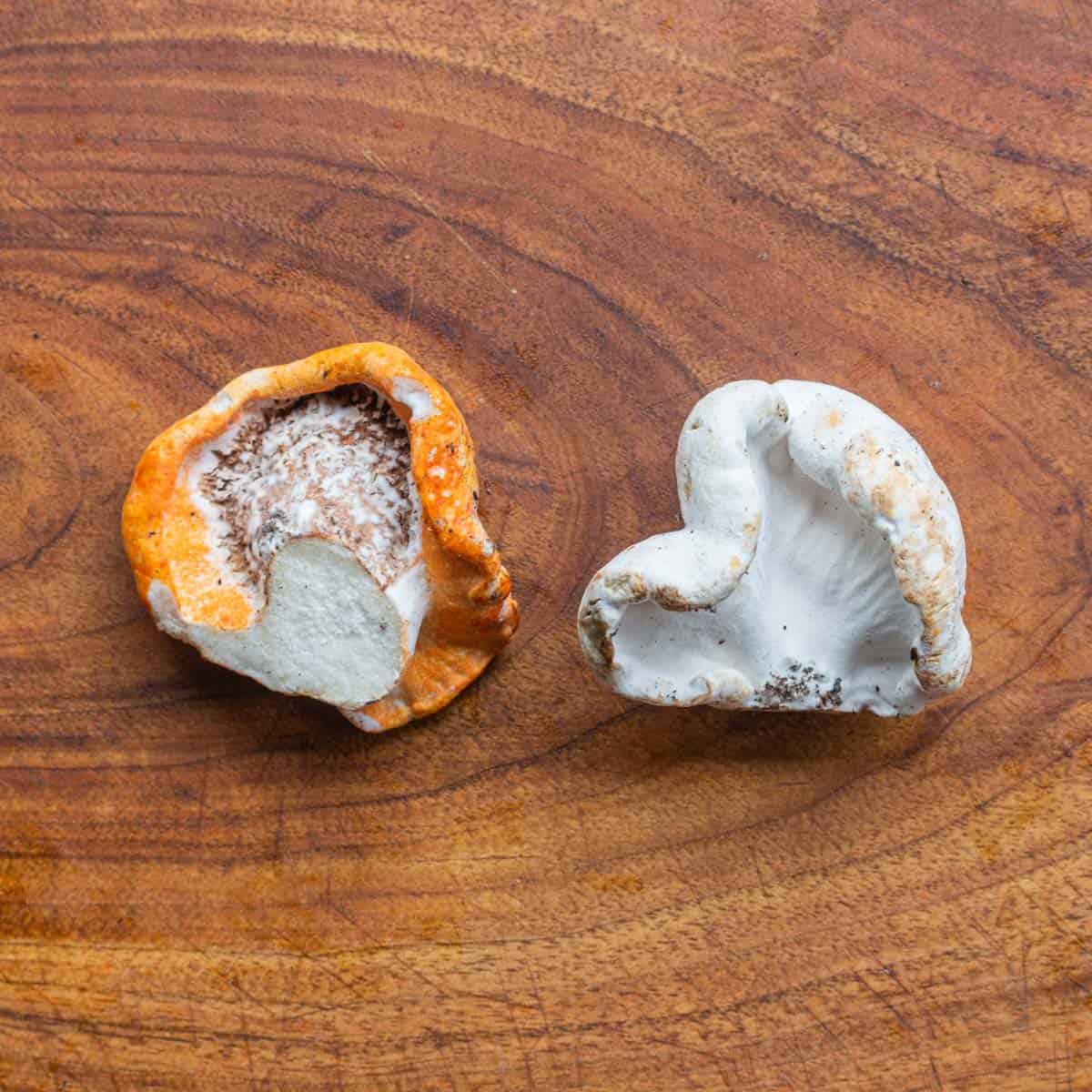
The exception is if the mushroom is half-parasitized, which is extremely rare (see below).
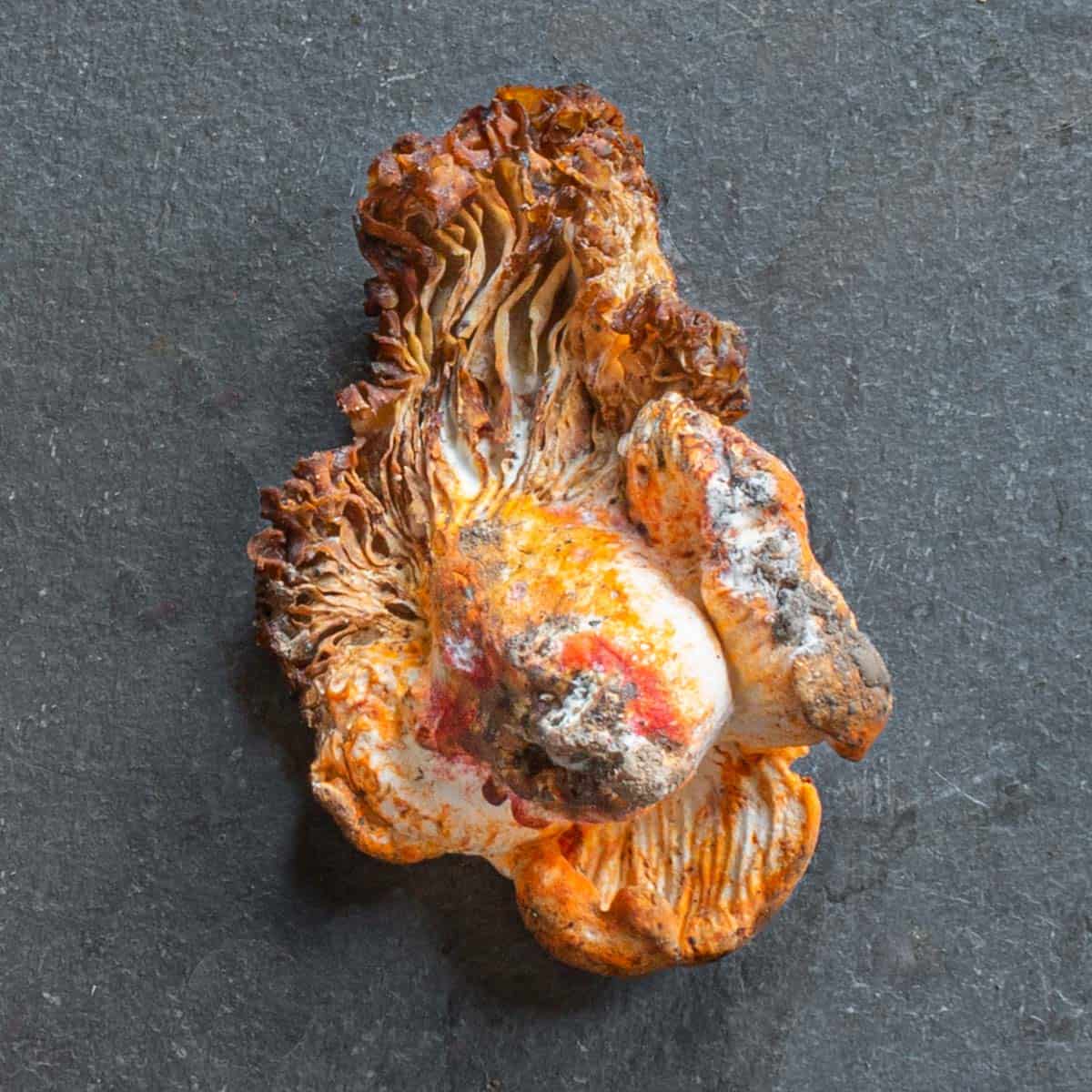
The Lobster Mushroom Taste
Fresh mushrooms have a very mild flavor and aroma of shellfish or crustaceans which intensifies when dried. Highlight the shellfish taste by using dried lobster powder.
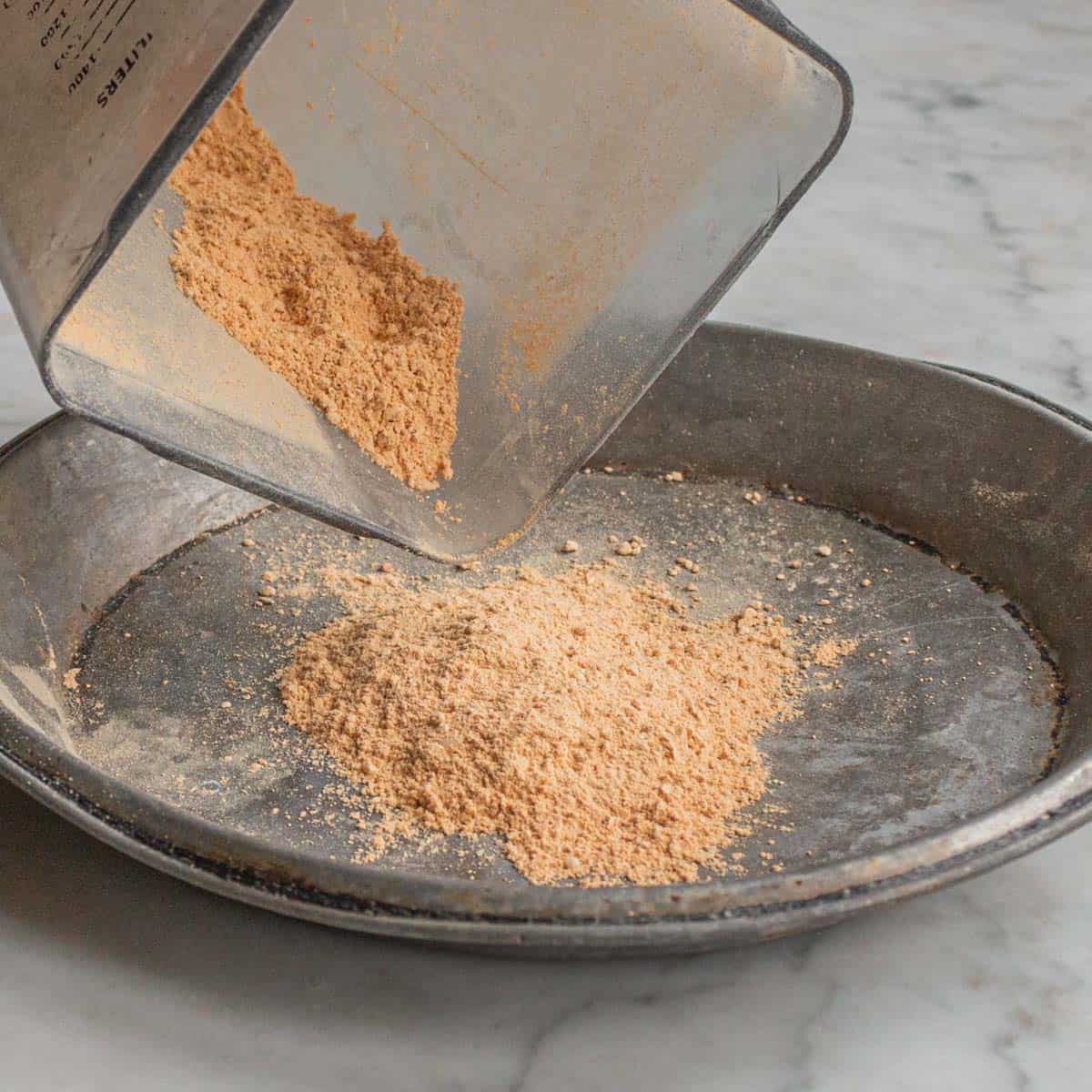
I consider these a choice mushroom due to their size and texture. The only drawback is they lack flavor compared to other mushrooms like chanterelles. Enjoy their meaty texture in heavily seasoned dishes where they can blend into the background, like a curry.

To get a feel for their taste, cut them up into big chunks or slices and sauté them in olive oil the first time you try them. Then get creative.
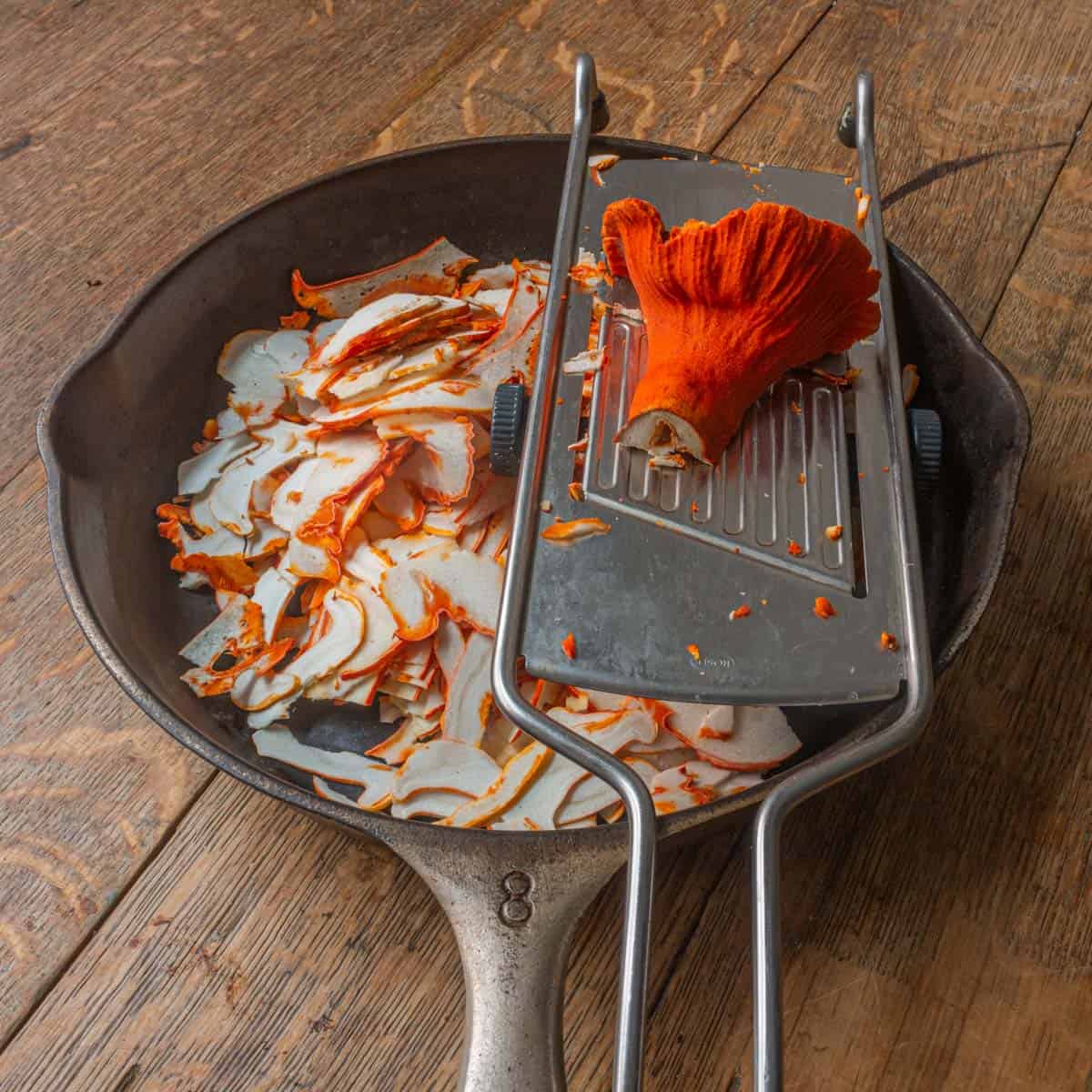
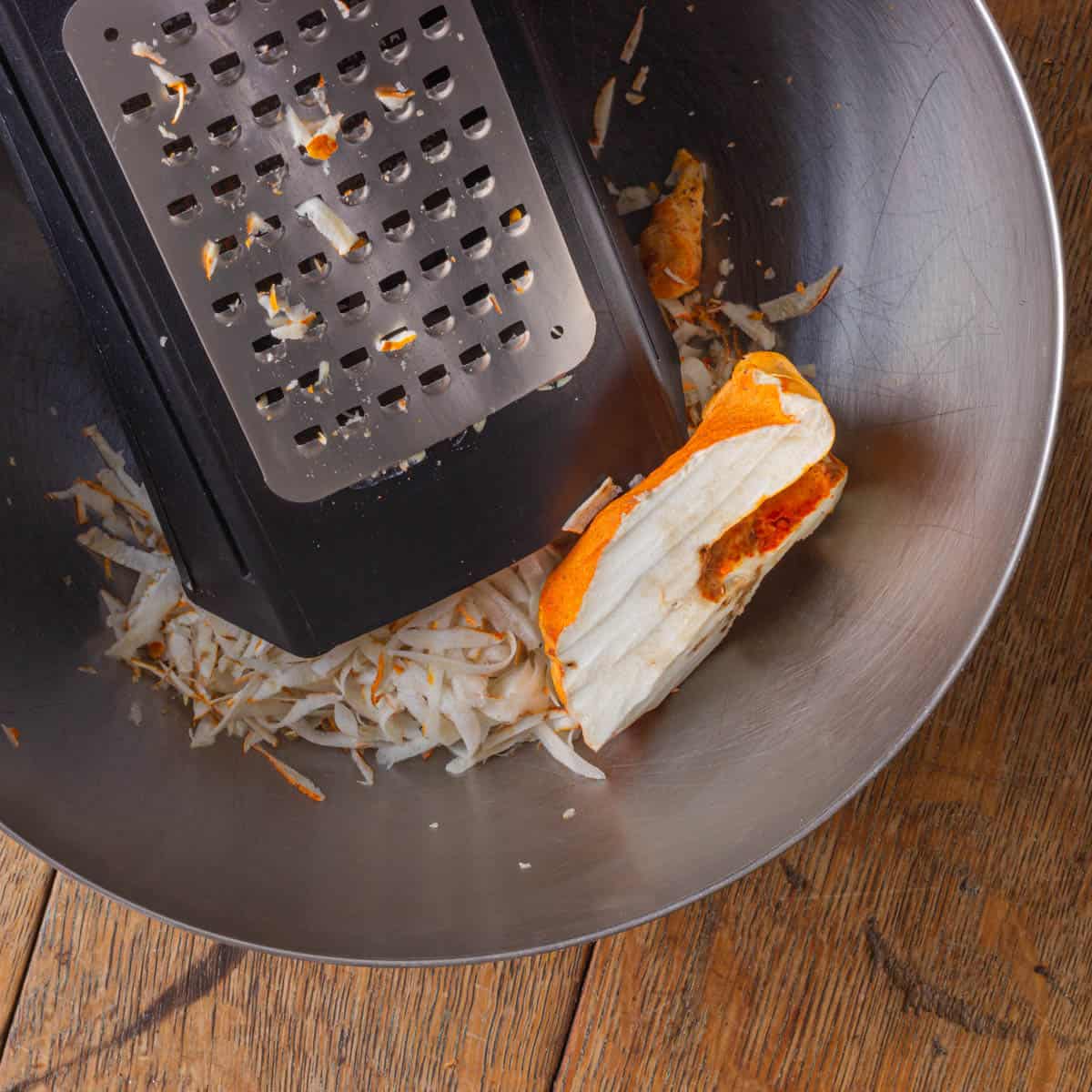
One of the best parts of the mushroom is their firm texture. They are so solid that you can grate them like potatoes and use them to make mushroom cakes like potato latkes or a terrine that is pressed like the ones below.
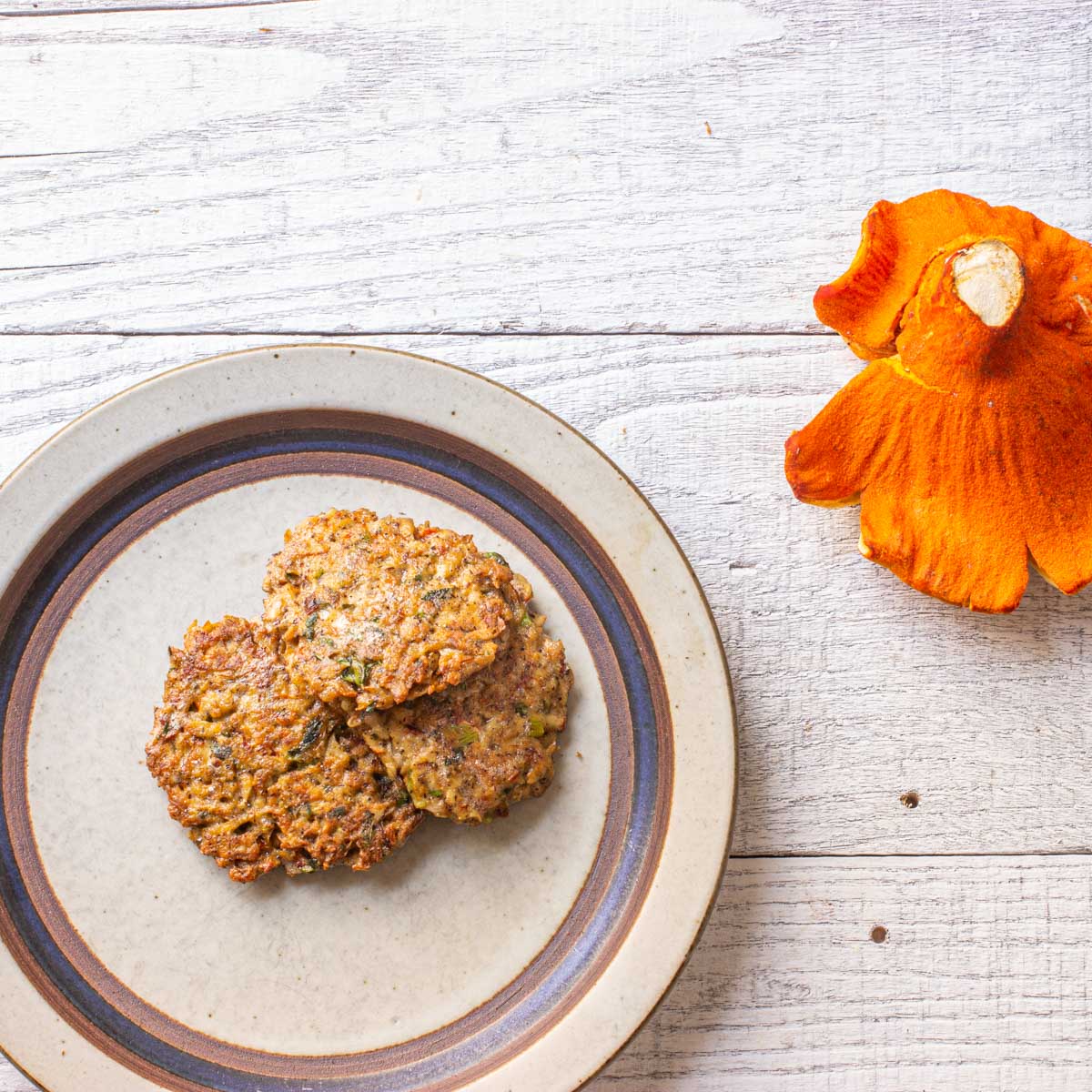
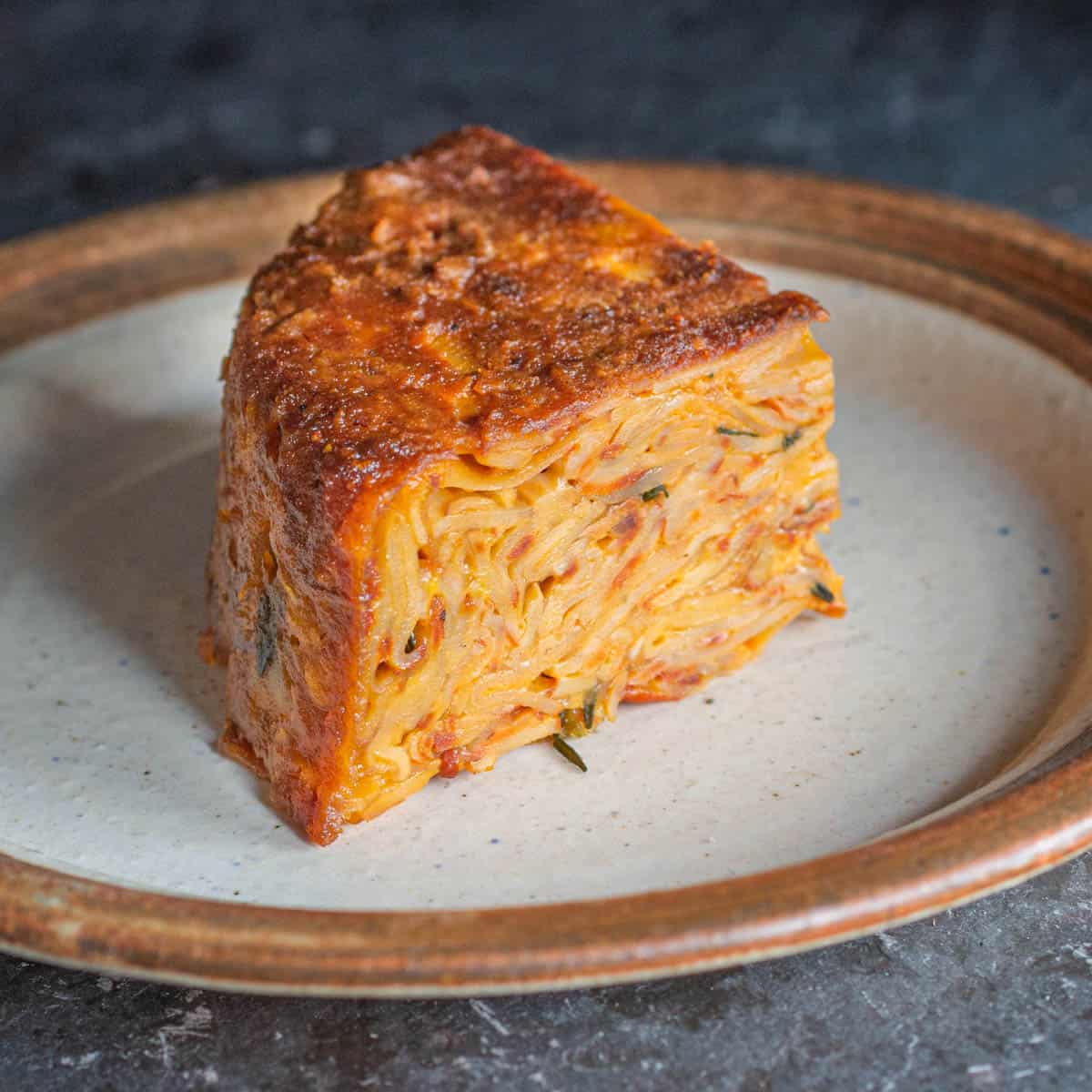
Cooking Tips
- Dried lobsters can become bitter if used in excess.
- These are great for fresh mushroom duxelles.
- Butter, oil, or cream turn a bright orange color when they touch the bright orange-red coating.
- Because lobsters don’t taste very strong, try cooking them like potatoes or mixing them with other mushrooms.
- If you have cooked mushrooms left over, eat them within two days and make sure to reheat them.
- Because of their size and texture, they work well in vegan, vegetarian, and gluten-free mushroom recipes.
- Cook lobster mushrooms in butter and salt, then put them in a freezer bag and freeze them.
Heres a few ideas to get you inspired.
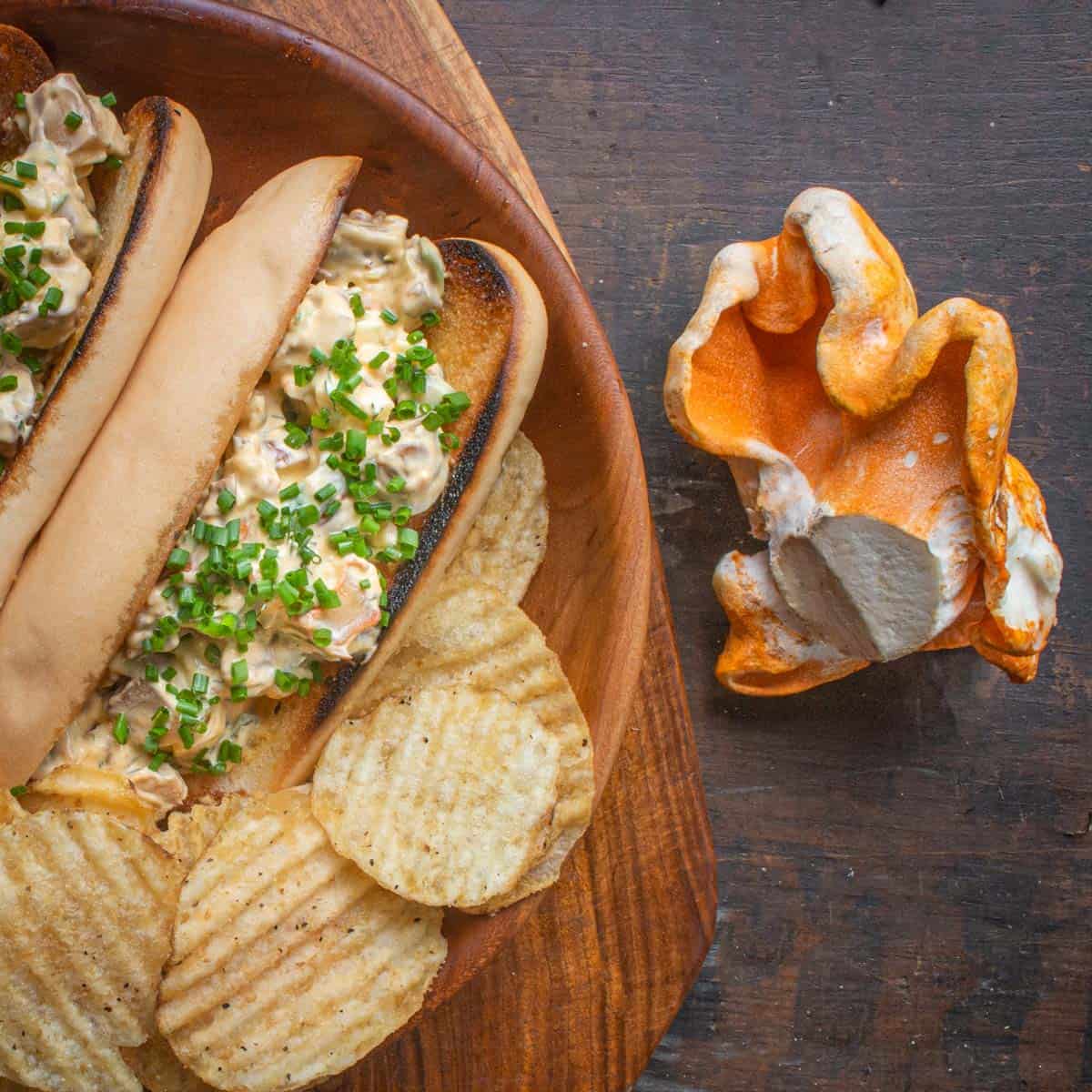

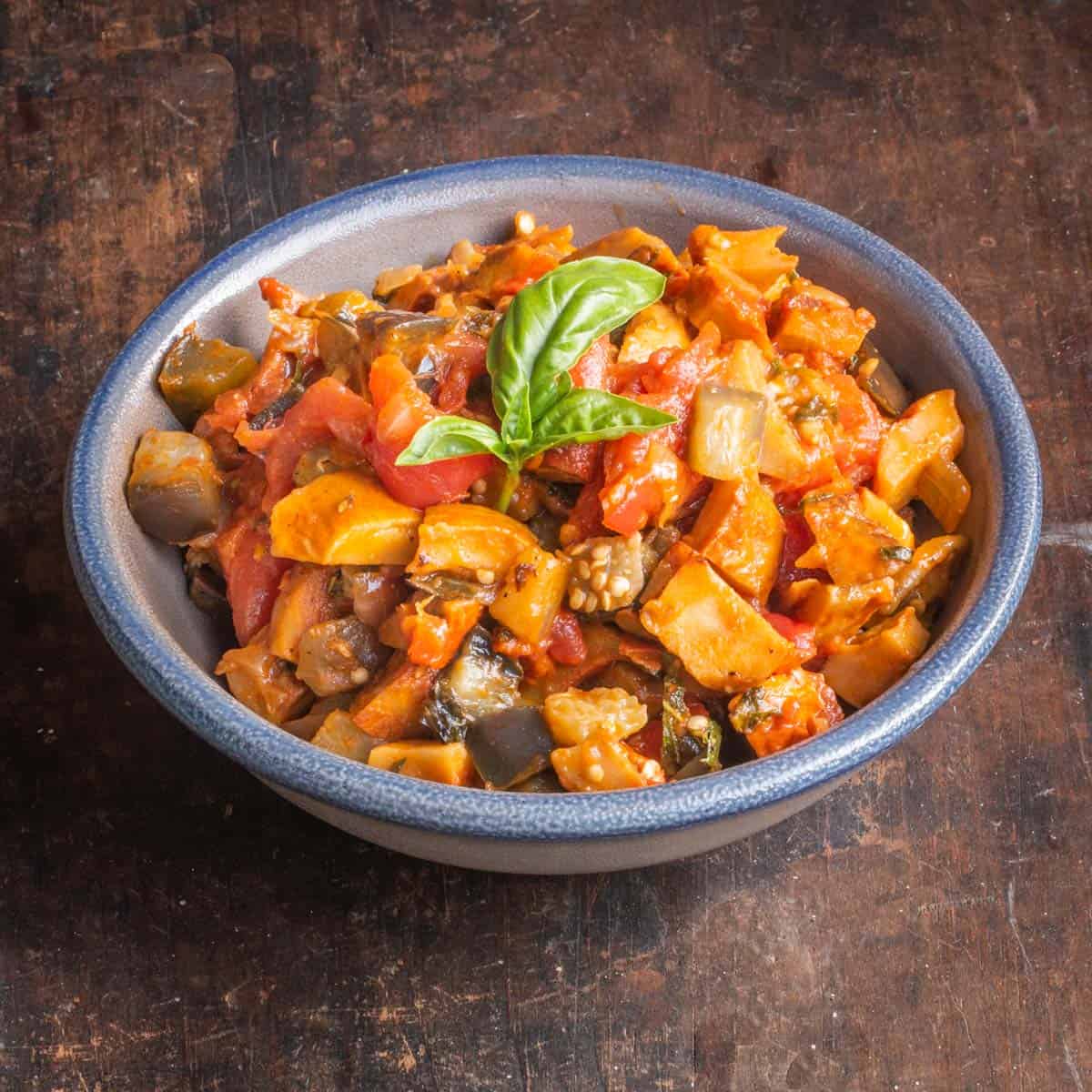


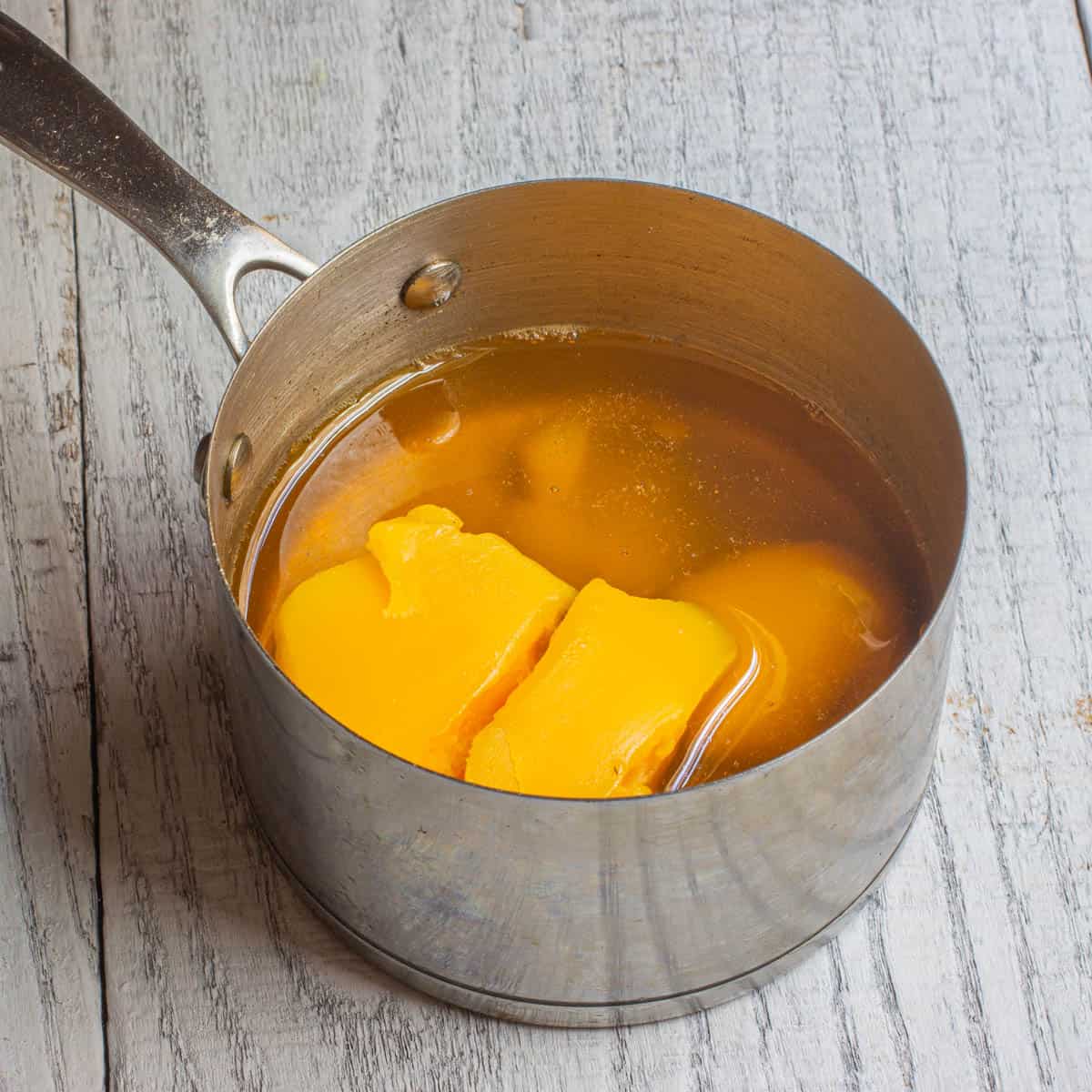
How to Preserve Lobster Mushrooms Freezing Method
How do you store dried lobster mushrooms?
Store dried lobsters similarly wrapped up carefully like fresh ones, away from moisture – in an airtight container at room temperature. If you have too many lobster mushrooms and cannot use them fresh or dry them all, then freezing is another viable option to store your harvest.
Can you buy fresh lobster mushrooms?
Most likely, you can’t buy fresh Lobsters unless you live in one of the places they grow and find them at a farmer’s market or specialty store. Lobster mushrooms don’t store or transport well, and their shelf life is very limited. That, combined with their unpredictable seasonality and growth, makes them a hard mushroom to buy fresh.
Can you freeze lobster mushrooms?
If you have too many lobster mushrooms and cannot use them fresh or dry them all, then freezing is another viable option to store your harvest. Start by blanching the lobsters for 1-2 minutes before plunging into ice-cold water to maintain their texture.
What temperature should lobster mushrooms be stored?
The first thing to consider when storing lobster mushrooms is their temperature requirements. Like most other types of wild mushrooms, they prefer cool temperatures between 32°F to 40°F (0°C – 4°C). You should never store them at room temperature as it can encourage bacterial growth and decay.
